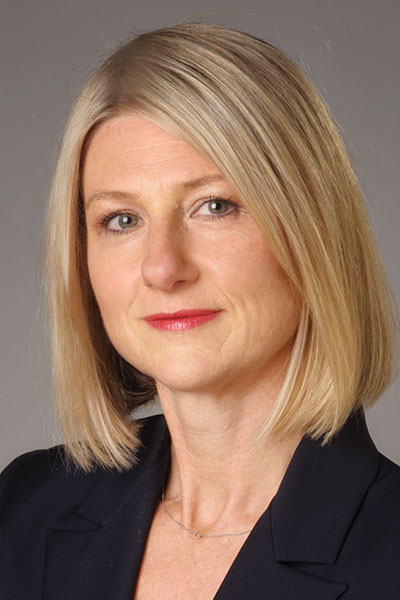Poster Spotlight Session 10: Refining Prediction of Cancer Risk and Outcomes
Thursday, December 7 • 7:00 a.m. – 8:00 a.m. • Stars at Night Ballroom 3-4
Presentation: Validation of a clinical image-based AI-risk model for individualized breast cancer screening in a multi-national setting

Mikael Eriksson, PhD
Karolinska Institutet,
Stockholm, Sweden
What is your presentation about?
Risk models for identifying women who could benefit from additional care after a negative mammography screen have been developed rapidly in the last five years. Using image data and artificial intelligence to extract mammographic features for identifying high-risk women have made AI-models a potential alternative to standard-of-care using traditional lifestyle/familial-based risk tools.
With the rapid development of tools for identifying women who need supplemental screening there also comes cautious views on the validity of these new AI models. External validation in countries where the model is intended to be used is critical. For this reason, we validated an image-derived AI-based risk tool for the intended use in European screening settings.
What makes this topic important in 2023?
In European screening populations today, approximately 25% of breast cancers are diagnosed as cancers detected between screens (interval cancers). In addition, 20-40% of breast cancers are diagnosed with late-stage breast cancer (stage 2+). These groups of women have worse prognosis than women detected in screening at an early stage.
How did you get involved in this particular area of breast cancer research, care, or advocacy?
About seven years ago, I began caring for this population. I hypothesized that new types of image-based risk tools could make an impact in the clinic and could address the challenges with lower predictive performances of risk tools based on lifestyle/family history. Recent research also indicates that an image-based approach can better identify women who after a negative screen need additional care.
Presentation: Hormonal Contraception and Breast Cancer Risk For Carriers of Germline Pathogenic Variants in BRCA1 and BRCA2

Kelly-Anne Phillips, MBBS, MD, FRACP
Peter MacCallum Cancer Centre,
Melbourne, Australia
What is your presentation about?
Results of previous studies examining whether hormonal contraception might impact breast cancer risk for carriers of BRCA1 and BRCA2 pathogenic variants have been mixed. This has made it difficult for these women to make informed contraceptive choices. Our study shows that use of hormonal contraception might increase breast cancer risk for BRCA1 pathogenic variant carriers, particularly if it is used for a long time. However, it must be recognized that hormonal contraception is an important healthcare option and has many benefits, so women and their clinicians need to carefully weigh the risks and benefits of each contraceptive option.
What makes this topic important in 2023?
Indications for testing women for germline pathogenic variants in BRCA1 and BRCA2 are broadening. This means that more women who carry these abnormalities are being identified now than ever before. Whether hormonal contraception increases breast cancer risk for carriers is one of the most pressing unmet information needs for these women.
How did you get involved in this particular area of breast cancer research, care, or advocacy?
In the mid 1990s I was training in medical oncology as the breast cancer predisposition genes, BRCA1 and BRCA2, were being discovered. I was inspired by the impact that this discovery could potentially have on prevention of breast cancer. I was very fortunate to have generous mentors at this early stage of my career who encouraged my passion for breast cancer prevention. I had the privilege of initiating the Australian kConFab Follow-Up cohort in 2001. It is gratifying to see the maturation of several decades of prospective data from this cohort, pooled with data from similar cohorts globally, to provide information for women that will help them make informed decisions about their contraceptive choices.

